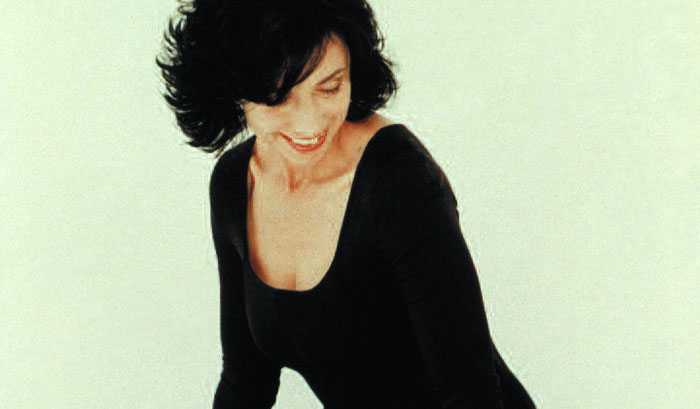


Composer Suzanne Ciani is widely recognized as a bold electronic music pioneer. But younger musicians may not realize just how much boldness she needed to fight the prejudices against female composers that prevailed only a few decades ago.
"I took a lot of abuse when I was a graduate music composition student at U.C. Berkeley in the early '70s," recalls Ciani. "My conducting teacher flatly stated that women weren't suited to conduct, and my composition professor would say things in class like, 'What's wrong with you girls?'"
Furthermore, Ciani's tuneful pieces were out of step with the abstract atonal style then embraced by academia. "I'm Italian," she states, "so I never agreed with the way academic music emphasized intellectual complexity at the expense of emotion. As a result, I diverted myself into electronic music, a world where I could create my own language. And once I started working with computers, I realized how easy complexity was. That discovery gave me the courage to be simple."
Ciani's "simple" electronic music was a huge success on two fronts: Her compositions fit into the emerging New Age market of the '80s, despite the fact that her approach pre-dated the use of that label and continues in the wake of its demise. She was also embraced by Madison Avenue - her sound design company numbered among its clients such corporate titans as Coca-Cola, Merrill Lynch, AT&T, and General Electric.
"Advertising was a means to an end, the thing that supported my art," says Ciani. "But I tried to work as an artist within advertising's restrictions, and I enjoyed the work I did. For one thing, I had already developed an interest in smaller pieces when I was in graduate school, so that made me comfortable in advertising, where you have to work in spaces of a fraction of a second. I was also trying to make the point that instead of using sound effects the way people had always done, you could create new, larger-than-life musical effects, something more expressive than life. Instead of recording a potato chip crunch, for example, you could make a sound that said everything you wanted to say about a potato chip: the sound of the salt flying through the air, say, or the crispness you'd hear if you were inside the chip."
But in 1992 Ciani decided to focus exclusively on her non-commercial compositions. She relocated from New York City to rural Northern California, where she founded her own record label and built a small studio. "I left behind a big studio with a big staff," she recalls. "In New York I had engineers, assistant engineers, production assistants. Suddenly I had to get used to a home studio where I did most things myself. And you know what? I love working this way!"
A centerpiece of Ciani's small but powerful setup is a Yamaha 01V digital mixer: "It's the perfect size for my studio," she says, "and it fits my artistic requirements. I especially like the digital recall. On my last album, Turning, my engineer and I created input 'scenes' for all the songs before they were recorded, based on the instrumentation I knew we were going to use. We set up all the inputs, routing, EQ and compression in advance. So when I brought in, say, a bass player, I could call up each song instantly during the session. It was very efficient, and I never even had to look at a wire. It was great."
Ironically, as Ciani has gravitated toward an all-digital recording process, her compositional focus has veered back to acoustic instruments. In fact, her next album is likely to be a solo piano recording. But Ciani doesn't see the shift away from synthesis as a departure from the essence of her art: "I still think of myself as a contemporary classical composer. I studied in the classical tradition, and those skills will always shape what I do. The tools you bring always influence what you do, even when you depart from tradition in search of your own poetry."
























